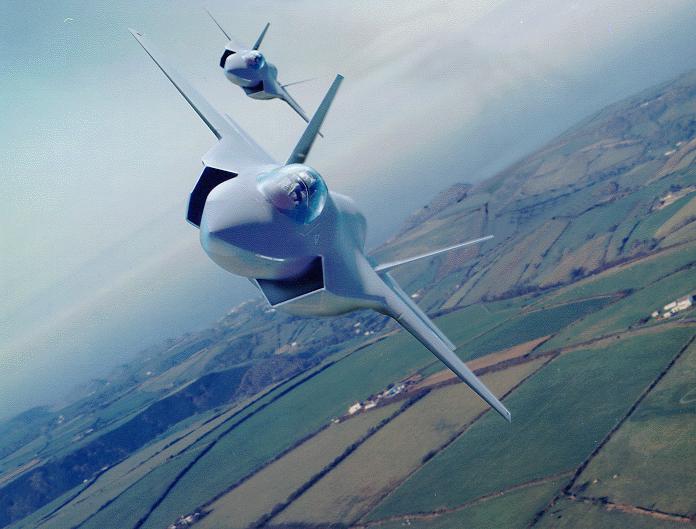The first F-35 Lightening II for the Netherland's rolled off Lockheed Martin'd production line in Texas this week, a milestone in a program in turbulence.
The first F-35 Lightning II for the Netherlands rolled off the Lockheed Martin production line in Texas this week, a milestone in a program in turbulence.
The first F-35 Lightning II for the Netherlands rolled off the Lockheed Martin production line in Texas this week, a milestone in a program in turbulence.
In Canada, the auditor general issued a report critical of the way the government made its decision to purchase the fifth-generation aircraft.
"National Defense did a good job of managing Canada's participation in the U.S.-led Joint Strike Fighter program to design and develop the F-35," said Auditor General of Canada Michael Ferguson.
"However, the department did not acknowledge that the decision to purchase the F-35 was well under way four years before it was officially announced."
Reports say the audit found that budgeting for the aircraft didn't take into account factors such as obtaining replacement aircraft.
In Britain, a report in the House of Commons indicated that the government, which changed its mind on which variant of the aircraft to buy, may change course again amid criticism over costs involved in adapting the decks of aircraft carriers to operate the carrier variant chosen.
The Canadian and British situations are just the latest wrinkles in the F-35 program, which is being affected by the world economic downturn and the pressure on defense ministries for belt tightening.
The F-35 is an advanced jet with a maximum speed of more than 1,900 miles per hour, a range of 1,200 nautical miles and a combat radius of 584 nautical miles. It carries advanced avionics and a full range of weapons.
The United States is the prime bankroller for the program but more than a half-dozen other countries contribute funds to its development.
Amid the economic downturn, Italy has downgraded the number of aircraft it had decided to buy from 131 to about 90; the United States is slowing its procurement of F-35s and Britain is reassessing its position. Other countries are said to be reconsidering the number of aircraft to obtain and how soon to obtain them.
In reply to the Canadian audit, Minister of Industry Christian Paradis noted that "since 1997, Canada has worked with our allies in a unique multinational program to develop and manufacture the F-35. Our participation has generated $435 million in contracts for 70 Canadian companies resulting in skilled work that otherwise would not exist, with more opportunities to come."
Canada had planned to buy up to 65 aircraft over six years, beginning in 2017, but hasn't signed purchase orders. The government said it will institute a number of procedures before it would do so.
Among the steps: freezing of the funding envelope allocated for acquisition of the F-35; establishing an F-35 Secretariat within the Department of Public Works and Government Services to coordinate replacement of the country's CF-18 aircraft; providing parliament with annual updates on forecasted costs of the F-35; and continued evaluation by the Department of Defense on the country's jet fighter capability fleet.
"Canada will not sign a contract to purchase new aircraft until these steps are completed and developmental work is sufficiently advanced," the government said.
While controversy continues, production of the fighter continues. Lockheed said the F-35 for the Netherland's will undergo systems tests and then be deployed to a U.S. Air Force Base in Florida, where Dutch pilots and maintenance staff will be trained.




0 comments:
Post a Comment